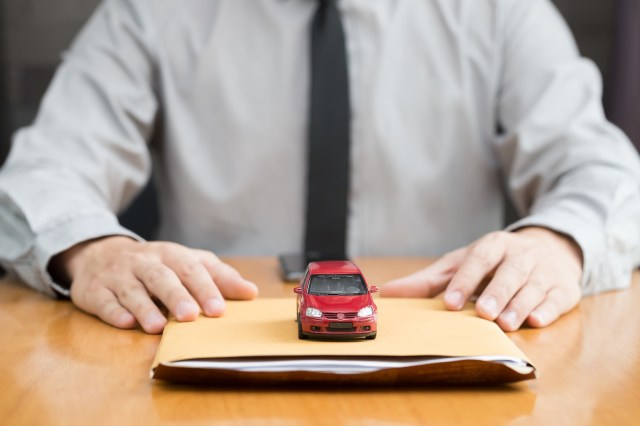Lost Your Vehicle Registration? Here’s How to Retrieve It

Have you recently misplaced your vehicle registration and are unsure how to retrieve it? Don’t worry, you’re not alone. Many people find themselves in a similar situation, and the good news is that there are steps you can take to easily retrieve your lost vehicle registration. In this article, we will guide you through the process of finding your vehicle registration so that you can get back on track without any hassle.
Why is Vehicle Registration Important?
Before we delve into the steps of retrieving your lost vehicle registration, let’s first understand why it is important to have it in the first place. Your vehicle registration serves as proof that you are the owner of the vehicle and that it has been properly registered with the relevant authorities. It contains crucial information such as your name, address, vehicle identification number (VIN), license plate number, and expiration date. Having a valid and up-to-date registration is not only a legal requirement in most jurisdictions but also necessary for various purposes like renewing your driver’s license or obtaining auto insurance.
Step 1: Contact Your Local Department of Motor Vehicles (DMV)
The first step in retrieving your lost vehicle registration is to contact your local Department of Motor Vehicles (DMV). The DMV is responsible for issuing and maintaining vehicle registrations in most states. Visit their website or give them a call to inquire about their specific process for retrieving a lost registration. They may require certain information such as your driver’s license number or VIN to verify your identity before providing you with a replacement copy.
Step 2: Request a Duplicate Registration
Once you have contacted the DMV, they will guide you through the process of requesting a duplicate registration. This typically involves filling out an application form either online or in person at their office. You may need to provide some personal information along with details about your vehicle such as its make, model, and year of manufacture. Some DMVs may charge a fee for issuing a duplicate registration, so be prepared to make the necessary payment.
Step 3: Provide Proof of Identity and Ownership
To ensure that you are the rightful owner of the vehicle, the DMV will likely require you to provide proof of identity and ownership. This can typically be done by presenting your driver’s license or any other government-issued identification document. Additionally, you may need to provide supporting documents such as vehicle purchase agreements, title certificates, or insurance documents that clearly show your name and address.
Step 4: Receive Your Duplicate Vehicle Registration
Once you have completed the necessary steps and provided all the required information, the DMV will process your request for a duplicate registration. Depending on their procedures, they may either issue it immediately or mail it to your registered address. It is important to review the duplicate registration upon receiving it and ensure that all the information is accurate and up-to-date. If you spot any errors or discrepancies, contact the DMV right away for corrections.
In conclusion, if you have lost your vehicle registration, there is no need to panic. By following these simple steps and reaching out to your local Department of Motor Vehicles (DMV), you can easily retrieve a duplicate copy of your registration. Remember to keep your vehicle registration in a safe place once you receive it to avoid future misplacement.
This text was generated using a large language model, and select text has been reviewed and moderated for purposes such as readability.





